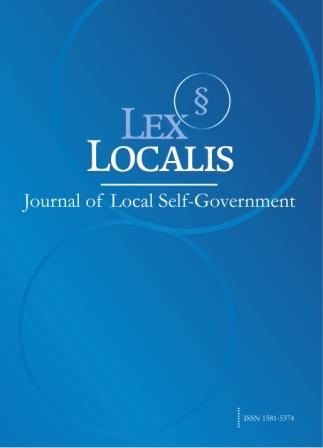Sound and shadow inheritance of urban memory:Research on the Role of Radio and Television Broadcasters & Presenters in the Construction of Historical and Cultural Memory and Media Practice
DOI:
https://doi.org/10.52152/800048Keywords:
Urban memory, Radio and Television, Media PracticeAbstract
The aim of the present study is to explore the role of radio and television broadcasters & presenters in the construction of urban historical memory, especially how their participation influences this process through oral history and media practice. Through in-depth interviews with more than ten radio and television broadcasters & presenters, this paper will Code and analyze the materials to reveal how they act as guardians and disseminators of urban memory and, therefore, influence the inheritance and development of urban culture through professional practice. In addition, the study will explore the interactive relationship between media and urban development and how this interaction can jointly promote overall social progress. Through this study, we hope to provide a new perspective on the construction mechanism of urban cultural memory, as well as theoretical support and practical guidance for the development and dissemination of urban culture.
References
Zhang Guotao. (2013). History of Chinese Television. China Radio and Television Press.
Li Hongtao, Yang Boqi. (2009). Theory, Method and Practice of Oral History. Social Sciences Academic Press.
Wang Xiaohua. (2015). Media Memory and Urban Identity: The Case of Shanghai. Ph. D. Dissertation, Fudan University.
Zhao Yu. (2017). Urban Memory and Cultural Inheritance: An Analysis of the Role of Broadcasting Media. Speech at the 7th China Urban Development Forum.
Li Na (2016). Public Memory and Urban Memory Project: Archives and Public Historiography [J]. Qinghai Ethnic Studies, 2016, 27 (02): 1-6.
Hu Yiqing and Zhang Jingyan (2022). The Third Paradigm of Urban Communication Research — — Based on the Perspective of Materiality
On the Evolution of the Concept of Radio and Television Communication in the 70 Years of New China-People's Network
Cheng Zuming. (2017). The Western Dialect Theory of "Collective Memory". Chinese Journal of Social Sciences, No.1145, 2017
Elihu Katz. Communication Research and the Image of Society Convergence of Two Traditions.The American Journal of Sociology, Vol. 65, No. 5 (Mar., 1960).
Timothy A. Gibson, Mark Lowes, Mark Douglas Lowes,eds.Urban Communication: Production, Text, Context.Rowman & Littlefield.2006.p.5.
Schudson, M. (1995). Watergate in American Memory: How We Remember, Forget, and Reconstruct the Past. Basic Books.
Tuchman, G. (1978). Making News: A Study in the Construction of Reality. Free Press.
Dayan, D., & Katz, E. (1992). Media Events: The Live Broadcasting of History. The Journal of Communication, 42(4), 114-131.
Scannell, P. (1996). Radio, Television and Modern Life: A Phenomenology of the Media. Wiley-Blackwell.
Kitch, C. (2008). Picturing the Past: Media, History, and Photography. University of New Mexico Press.
Spigel, L. (2001). TV by Design: Modern Art and the Rise of Network Television. University of Chicago Press.
Downloads
Published
Issue
Section
License
Copyright (c) 2025 Lex localis - Journal of Local Self-Government

This work is licensed under a Creative Commons Attribution-NonCommercial-NoDerivatives 4.0 International License.








